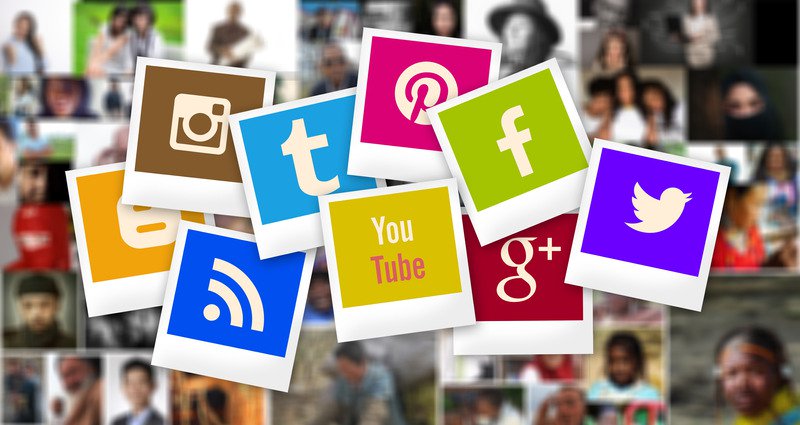Using social media networking platforms like LinkedIn, Facebook and Twitter can complement an overall PR plan, but should not replace good public relations techniques.
The public relations industry has seen a boost in free or low-cost avenues for sharing company news, with the spread of social media networking platforms. Companies large and small are taking advantage of the platforms to announce news and start conversations about their products or services.

While an integrated social media plan is an important element of today’s PR strategies, companies need to be careful not to rely entirely on publicizing news on social networks. Social media public relations require a balance between new and old PR tactics and techniques.
Pitfalls of Using Social Media Public Relations as a PR Replacement
Experienced public relations managers know never to rely on one tactic to produce results. Although social media public relations tactics can be highly effective and cost-efficient, a social network is not likely to meet all of a company’s PR objectives.
When developing a social media public relations strategy, be careful of the potential pitfalls of using it as a replacement for traditional PR techniques.
- Limiting direct contact with media. Simply promoting company news, stories or strategic partnership press releases through social media can limit your ability to build valuable one-on-one relationships. Establishing good relationships with media representatives is important to land editorial coverage beyond a press release pick-up.
- Avoiding press release distribution services. Releasing press news via LinkedIn, Facebook or Twitter without releasing news over more formal PR distribution services can reduce the circulation of news to other online or print media.
- Oversaturation of networks with company promotions. Because social media networking platforms are easy and free to use, connections can quickly feel oversaturated with PR communications and messages. Remember that social media is more effective if it is used as an interaction tool with back and forth communications.
Best Social Media Public Relations Tools
The top social media networking platforms for supporting public relations strategies include LinkedIn, Facebook and Twitter. These networks are the most widely developed and adopted social platforms. They are also free marketing tools for businesses to leverage that only take an investment of time. It may take some time to establish a good base of LinkedIn business connections, Facebook Business Page likes or Twitter followers. To be most relevant, be sure that you are establishing social media connections that are specific to the business account and not a public relations agency.

Each industry niche may also have additional social networks that are relevant. To build a good base of social media PR tools, check out targeted industry blogs, website forums or other niches social sharing sites. For example, small businesses may turn to resources such as BizSugar to find useful and relevant information. Companies can also build brand communications with YouTube marketing videos as an effective social media public relations tool.
Integrating Social Media Networking Platforms into PR Strategies
Develop a PR strategy that utilizes social media networking platforms as a marketing tool, rather than simply a one-way communication platform. Also, fully integrate social media connections into your public relations efforts so that they are complementary and work together toward the same goals and objectives.
Use social media to communicate and engage network connections with relevant industry news and happenings through discussions. Social media networking platforms are the perfect tool for creating a buzz for the company. They are allowing you to make different connections through likes, comments, discussions, tweets, and retweets, or some other interactions. All of the social media public relations activity should be on top of traditional PR marketing tactics and techniques. The combined effort will grow your company’s buzz and recognition further than single, unsupported PR strategies and efforts.
